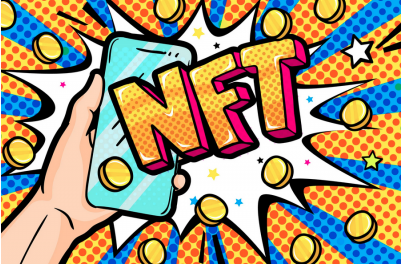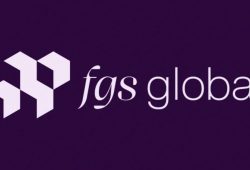-
According to Statista, the global NFT market is projected to grow by 18.55 percent from 2023 to 2027, resulting in a market volume of $3.162 billion in 2027.
-
With a significant drop in NFT market transactions from $10.7 billion in Q4 2022 to $4.7 billion in Q1 2023, marking an astonishing 53 percent decline.
-
Amidst this backdrop, OpenSea remains a frontrunner in NFT trading, standing as the world’s largest NFT marketplace.
NFT stands for “Non-Fungible Token.” It represents a unique digital asset that signifies ownership or authenticity of an individual item using blockchain technology. Unlike cryptocurrencies like Bitcoin or Ethereum, which are fungible and can be exchanged on a one-to-one basis, NFTs are distinct and cannot be exchanged on a similar basis.
NFTs find utility in representing various forms of digital and even physical assets, including:
- Digital Art: NFTs have garnered significant attention for their role in the digital art market. Artists can create unique digital artworks and tokenize them as NFTs, allowing buyers to own the original version or a limited edition of the artwork.
- Collectibles: NFTs can represent digital collectibles, including trading cards, virtual pets, and in-game items within virtual worlds.
- Music: Musicians and bands can release music as NFTs, providing fans the opportunity to own limited editions of songs or albums.
- Virtual Real Estate: NFTs can be used to buy, sell, and trade virtual land or spaces within virtual worlds or metaverses.
- Virtual Goods: NFTs are employed in various online games and virtual environments to represent unique in-game elements such as skins, weapons, and more.
- Domain Names: NFTs can tokenize ownership of domain names on decentralized platforms.
The uniqueness and scarcity of NFTs are ensured by the underlying blockchain technology, often on platforms like Ethereum, Binance Smart Chain, or others that support NFT standards like ERC-721 or ERC-1155. When someone purchases an NFT, they essentially acquire proof of ownership and authenticity of the associated digital or physical asset.
Challenges and Considerations
While NFTs have provided novel ways to monetize and trade digital assets, they have also raised concerns about environmental issues related to energy consumption in certain blockchain networks, as well as copyright and ownership concerns. The NFT market has been highly dynamic and subject to rapid changes, highlighting the need to stay informed and exercise caution when engaging in NFT transactions.
Are We Facing an Imminent Decline in the NFT Market?
The NFT market witnessed significant growth in 2021, followed by a swift decline in 2022. In the past year, the market experienced a drastic 90 percent drop, largely attributed to the collapse of cryptocurrencies like Luna or FTX. NFT sales volume decreased by 97 percent in recent months, and fewer people view them as appealing investments.
Reasons Behind the NFT Market Decline
Experts attribute this decline to several factors, including the Ukraine conflict, market recessions, inflation, and low-quality projects. However, the decline has not affected all NFTs equally, as some of the most popular ones experienced only a 1 percent drop. Additionally, a third of NFT buyers are unsure about what to do with them, potentially contributing to the decline. Let’s analyze six factors:
- Overvaluation and Hype: The NFT market experienced a period of hype and overvaluation, leading to inflated prices and unrealistic expectations.
- Market Factors: The downturn in the global cryptocurrency market, often referred to as “crypto winter,” significantly impacted the NFT market. The cryptocurrency market decline affected investor sentiment and confidence in NFTs.
- Regulatory Concerns: Regulatory uncertainty and concerns surrounding the NFT market also contributed to the decline. Investors remained skeptical about NFT security and legitimacy.
- Questionable Practices and Consumer Confidence: The NFT market faced criticism for questionable practices, including scams and NFT theft, eroding consumer trust. The tepid response to such practices and a lack of engagement in underlying markets also played a role in the decline.
- Lack of Compelling Projects: Some experts believe the decline can be attributed to a lack of interesting and innovative projects in the NFT space. This lack of novelty and excitement may have contributed to investor disinterest.
- Market Volatility and Economic Factors: Cryptocurrency market volatility, high gas prices, and liquidity issues during tax season were also cited as possible causes for the decline. Moreover, global inflation and rising consumer prices may have driven people to sell their NFTs for financial reasons.
It’s important to note that while the overall NFT market experienced a decline, not all NFTs were equally affected. Some popular and high-quality NFTs experienced only minimal drops in value.












